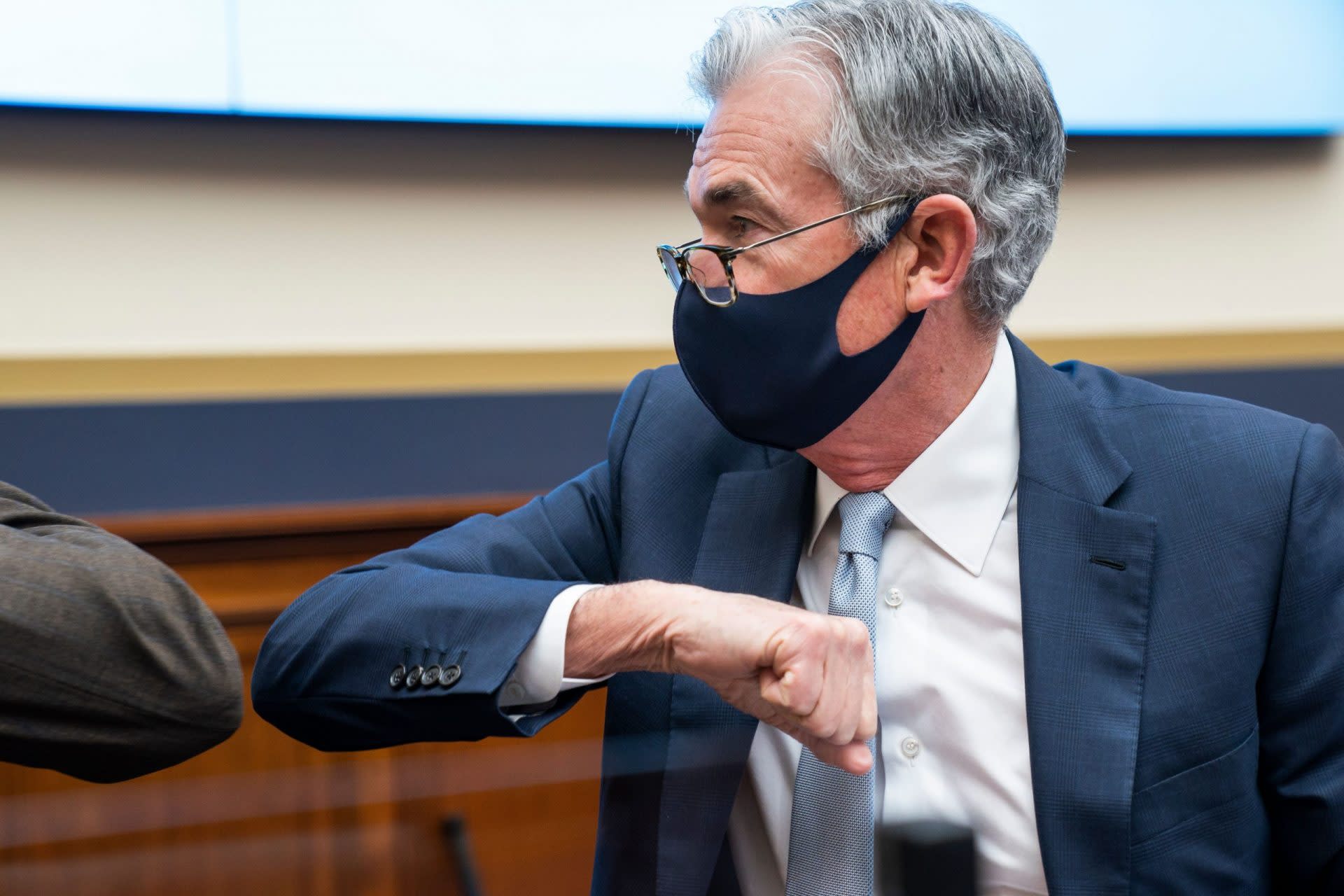Fed meeting – The Federal Reserve’s (Fed) recent meeting has garnered significant attention, with market participants eagerly awaiting insights into the central bank’s assessment of the economy and its policy stance. This article delves into the key issues discussed at the meeting, analyzes the Fed’s policy changes, and explores the potential implications for the economy and financial markets.
Leading up to the meeting, market expectations were shaped by a range of factors, including strong economic data and hawkish statements from Fed officials. These expectations centered on the possibility of aggressive interest rate hikes to combat rising inflation.
Market Expectations
In the lead-up to the Federal Reserve’s (Fed) meeting, market participants closely monitor economic data and previous Fed statements to form expectations about the central bank’s monetary policy decisions.
Factors influencing these expectations include inflation levels, unemployment rates, and the overall economic outlook. The Fed’s previous statements and guidance on interest rates, quantitative easing, and other monetary tools also play a significant role in shaping market expectations.
Data-Driven Factors
Economic data, such as the Consumer Price Index (CPI), Personal Consumption Expenditures (PCE), and unemployment figures, provide crucial insights into the current state of the economy and its trajectory.
- High inflation levels, for instance, may indicate the need for the Fed to raise interest rates to curb inflation.
- Conversely, low unemployment rates and strong economic growth may support expectations of a more accommodative monetary policy, with lower interest rates or continued quantitative easing.
Fed Communication
The Fed’s communication, through press conferences, speeches, and policy statements, offers valuable clues about the central bank’s intentions.
- Hawkish statements, signaling a more aggressive approach to inflation control, may raise expectations of rate hikes.
- Dovish statements, indicating a patient and accommodative stance, may suggest a continuation of low interest rates and support for economic recovery.
Key Issues Discussed
The Federal Reserve (Fed) meeting focused on several key issues related to its mandate of price stability, maximum employment, and financial stability. The meeting participants discussed the recent economic data, the outlook for inflation and growth, and the appropriate path for monetary policy.
Inflation
Inflation has been a major concern for the Fed in recent months, as it has been running well above the Fed’s target of 2%. The Fed participants discussed the factors contributing to inflation, including supply chain disruptions, rising energy prices, and strong consumer demand. They also discussed the risks of inflation becoming entrenched, which could make it more difficult to bring under control.
Unemployment
The Fed also discussed the labor market, which has been improving in recent months. The unemployment rate has fallen to 3.6%, which is close to the Fed’s target of maximum employment. However, the Fed participants noted that there are still some pockets of weakness in the labor market, particularly among low-wage workers and people of color.
Financial Stability
The Fed also discussed financial stability risks, which have increased in recent months due to the rising levels of debt and asset prices. The Fed participants discussed the need to take steps to mitigate these risks, such as increasing bank capital requirements and stress testing the financial system.
Policy Changes: Fed Meeting
In response to the ongoing economic challenges, the Federal Reserve has announced a series of policy changes aimed at supporting economic growth and curbing inflation.
These changes include adjustments to interest rates, quantitative easing measures, and forward guidance, which are expected to have significant implications for the economy, financial markets, and various sectors of society.
Interest Rate Changes
The Fed has raised its benchmark interest rate by 0.25%, marking the first rate hike since 2018. This move is intended to slow down economic growth and reduce inflationary pressures.
Higher interest rates make it more expensive for businesses to borrow money and invest, which can lead to reduced spending and slower economic growth. Additionally, higher interest rates make it more attractive for investors to save money, reducing the amount of money available for lending and further dampening economic activity.
Quantitative Easing, Fed meeting
The Fed has also announced plans to reduce its quantitative easing program, which involves purchasing large amounts of government bonds and mortgage-backed securities.
Quantitative easing has been used to inject money into the financial system and stimulate economic growth. By reducing its bond purchases, the Fed is effectively reducing the supply of money in circulation, which can lead to higher interest rates and slower economic growth.
Forward Guidance
The Fed has also provided forward guidance, indicating that it expects to continue raising interest rates gradually in the coming months.
Forward guidance is intended to provide market participants with a clearer understanding of the Fed’s future policy intentions, helping them make more informed decisions about investment and lending.
Impact on Economy, Financial Markets, and Society
The Fed’s policy changes are expected to have a significant impact on the economy, financial markets, and various sectors of society.
Higher interest rates and reduced quantitative easing are likely to slow down economic growth, reduce inflation, and lead to higher unemployment.
In financial markets, higher interest rates can lead to lower stock prices and higher bond yields, while currency exchange rates can be affected by the Fed’s policy changes relative to other central banks.
Different sectors of the economy and different groups of people will be affected differently by the Fed’s policy changes. For example, businesses that rely on borrowing may face higher costs, while savers may benefit from higher interest rates on their savings accounts.
Comparison to Other Central Banks
The Fed’s policy changes are in line with those of other major central banks around the world, which are also facing similar challenges of high inflation and slowing economic growth.
However, the pace and magnitude of the Fed’s policy changes may differ from those of other central banks, depending on the specific economic conditions in each country.
Summary
The Federal Reserve has announced a series of policy changes, including interest rate hikes, reduced quantitative easing, and forward guidance, in an effort to address the challenges of high inflation and slowing economic growth.
These changes are expected to have significant implications for the economy, financial markets, and various sectors of society, and will be closely monitored by market participants and policymakers around the world.
Economic Outlook
The Fed maintains a cautiously optimistic view of the U.S. economic outlook. The economy has shown resilience, with steady job growth and rising wages. However, concerns remain about inflation, geopolitical uncertainties, and the potential impact of monetary policy tightening.
Growth Projections
The Fed projects real GDP growth to moderate in 2023, from an estimated 2.3% in 2022 to around 1.6%. This slowdown is expected due to the lagged effects of monetary policy tightening and global economic headwinds.
Inflation Outlook
Inflation remains elevated, well above the Fed’s 2% target. The Fed projects inflation to gradually decline in 2023 and 2024, but at a slower pace than previously anticipated. The persistent inflation pressures stem from supply chain disruptions, strong demand, and labor market tightness.
Unemployment Projections
The Fed expects the unemployment rate to remain low, averaging around 4.3% in 2023 and 2024. The tight labor market is driven by strong job growth and a shrinking labor force. However, the Fed acknowledges that unemployment could rise slightly if economic growth slows more than anticipated.
Risks and Uncertainties
The Fed identifies several risks to the economic outlook, including:
- Prolonged inflation
- Geopolitical tensions
- Weaker global growth
- Financial market volatility
The Fed emphasizes the importance of data dependency and remains committed to adjusting policy as needed to address these risks.
– Describe the current economic environment and how it influenced the Fed’s decision.
The Federal Reserve’s decision to raise interest rates was influenced by the current economic environment, which is characterized by high inflation, a strong labor market, and elevated consumer spending. Inflation has been persistently above the Fed’s target of 2%, reaching a 40-year high in June 2022. The strong labor market has led to wage growth, contributing to inflationary pressures. However, consumer spending has remained robust, supported by pent-up demand and government stimulus measures.
The Fed’s decision to raise rates is aimed at curbing inflation by slowing down economic growth and reducing demand. Higher interest rates make borrowing more expensive, which can discourage businesses from investing and consumers from making big purchases. This can lead to a slowdown in economic activity and a decrease in inflation.
Forward Guidance
The Fed uses forward guidance to communicate its expectations for the future path of interest rates. This guidance can take various forms, including statements about the expected timing of future rate hikes or the level of interest rates over a specific horizon.
Forward guidance is an important tool for the Fed because it helps to anchor market expectations and reduce uncertainty. By providing clear signals about its future policy intentions, the Fed can help to stabilize financial markets and promote economic growth.
Importance of Forward Guidance
- Helps anchor market expectations and reduce uncertainty.
- Can help to stabilize financial markets and promote economic growth.
- Provides transparency about the Fed’s policy intentions.
Impact on Market Expectations
Forward guidance can have a significant impact on market expectations. For example, if the Fed signals that it expects to raise interest rates in the near future, investors may sell bonds in anticipation of higher interest rates, which would lead to a decrease in bond prices and an increase in yields.
Conversely, if the Fed signals that it expects to keep interest rates low for an extended period, investors may buy bonds in anticipation of lower interest rates, which would lead to an increase in bond prices and a decrease in yields.
Market Reaction
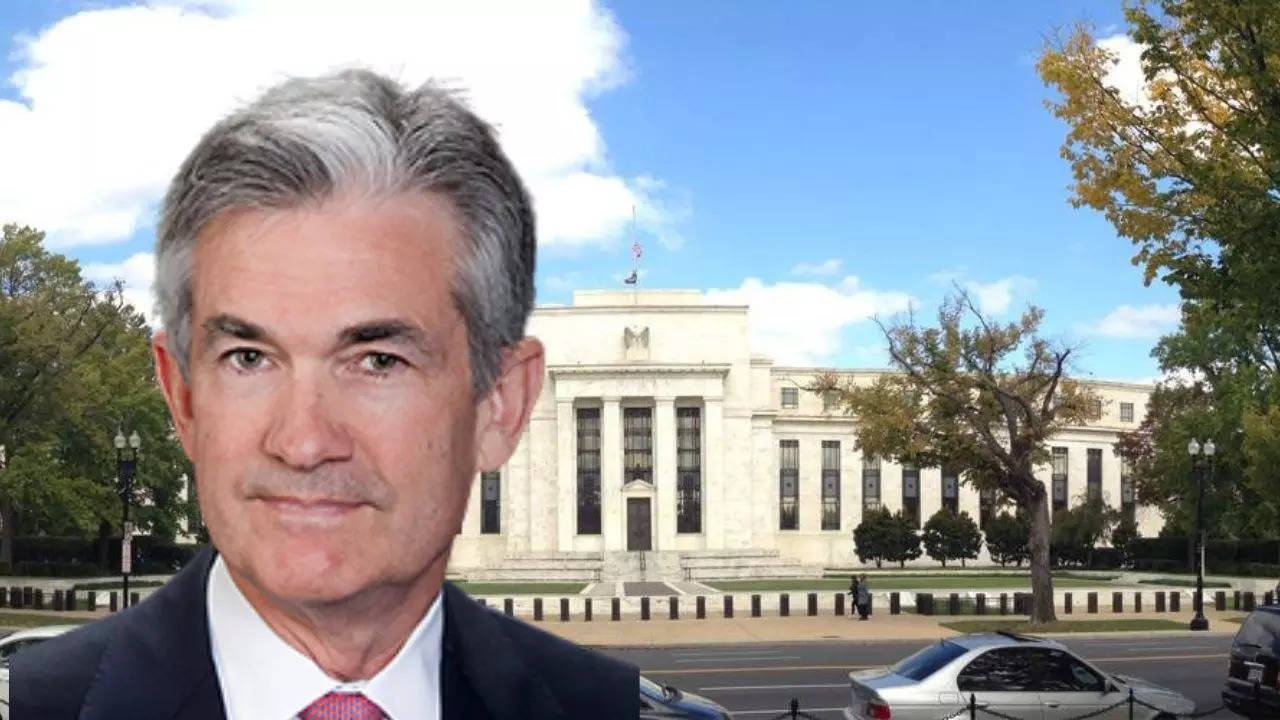
The market’s response to the Fed meeting was swift and significant, reflecting the importance of the central bank’s decisions for investors.
Immediately following the announcement, stock prices surged, driven by optimism over the Fed’s dovish tone and continued support for economic growth. The S&P 500 index closed at a record high, while the Nasdaq Composite reached its highest level since the dot-com bubble. Bond yields also declined, as investors sought the safety of fixed-income investments in light of the Fed’s commitment to keep interest rates low.
Currency Exchange Rates
The Fed’s decision also had a notable impact on currency exchange rates. The US dollar weakened against major currencies such as the euro and the yen, as investors anticipated a slower pace of interest rate hikes in the United States.
Historical Context
The Federal Reserve (Fed) has a long history of influencing the economic landscape through its policy decisions. A review of past meetings provides valuable insights into the evolution of the Fed’s approach and its impact on the economy.
Timeline of Key Fed Meetings
- 1979: Paul Volcker appointed as Fed Chairman, initiating a shift towards inflation control.
- 1987: “Black Monday” stock market crash, leading to a Fed-led market intervention.
- 2008: Global financial crisis, prompting unprecedented monetary easing by the Fed.
- 2015: First interest rate hike since 2006, signaling the end of the zero-interest rate era.
- 2020: COVID-19 pandemic, resulting in aggressive Fed action to support the economy.
Recurring Patterns and Trends
Over the years, certain patterns have emerged in the Fed’s decision-making process:
- Data-dependency: The Fed heavily relies on economic data, such as inflation and unemployment rates, to inform its decisions.
- Gradualism: The Fed typically prefers to make gradual policy changes, avoiding abrupt shifts that could disrupt the economy.
- Forward guidance: The Fed communicates its future policy intentions to provide market participants with greater certainty.
External Factors
External factors, such as economic data and geopolitical events, can also influence the Fed’s decisions. For example, the Fed may adjust its policy stance in response to a sharp increase in inflation or a major geopolitical crisis.
Summary
The Fed’s previous meetings provide a rich historical context for understanding its current decisions. By examining key events and recurring patterns, we can better appreciate the Fed’s role in shaping the economic landscape.
– Analyze the potential global implications of the Fed meeting, including how the Fed’s decisions may affect other central banks and economies.
The Fed’s decisions can have a significant impact on other central banks and economies around the world. For example, if the Fed raises interest rates, it can make it more expensive for other countries to borrow money, which can lead to a slowdown in economic growth. Conversely, if the Fed lowers interest rates, it can make it cheaper for other countries to borrow money, which can lead to an increase in economic growth.
The Fed’s decisions can also affect the value of the US dollar. If the Fed raises interest rates, the value of the US dollar will typically rise, which can make it more expensive for other countries to buy US goods and services. Conversely, if the Fed lowers interest rates, the value of the US dollar will typically fall, which can make it cheaper for other countries to buy US goods and services.
Impact on Other Central Banks
The Fed’s decisions can also have a significant impact on other central banks. For example, if the Fed raises interest rates, other central banks may be forced to raise interest rates as well in order to prevent their currencies from depreciating too much against the US dollar. This can lead to a global increase in interest rates, which can slow down economic growth around the world.
Impact on Economies
The Fed’s decisions can also have a significant impact on economies around the world. For example, if the Fed raises interest rates, it can make it more expensive for businesses to borrow money, which can lead to a slowdown in investment and economic growth. Conversely, if the Fed lowers interest rates, it can make it cheaper for businesses to borrow money, which can lead to an increase in investment and economic growth.
Dissent
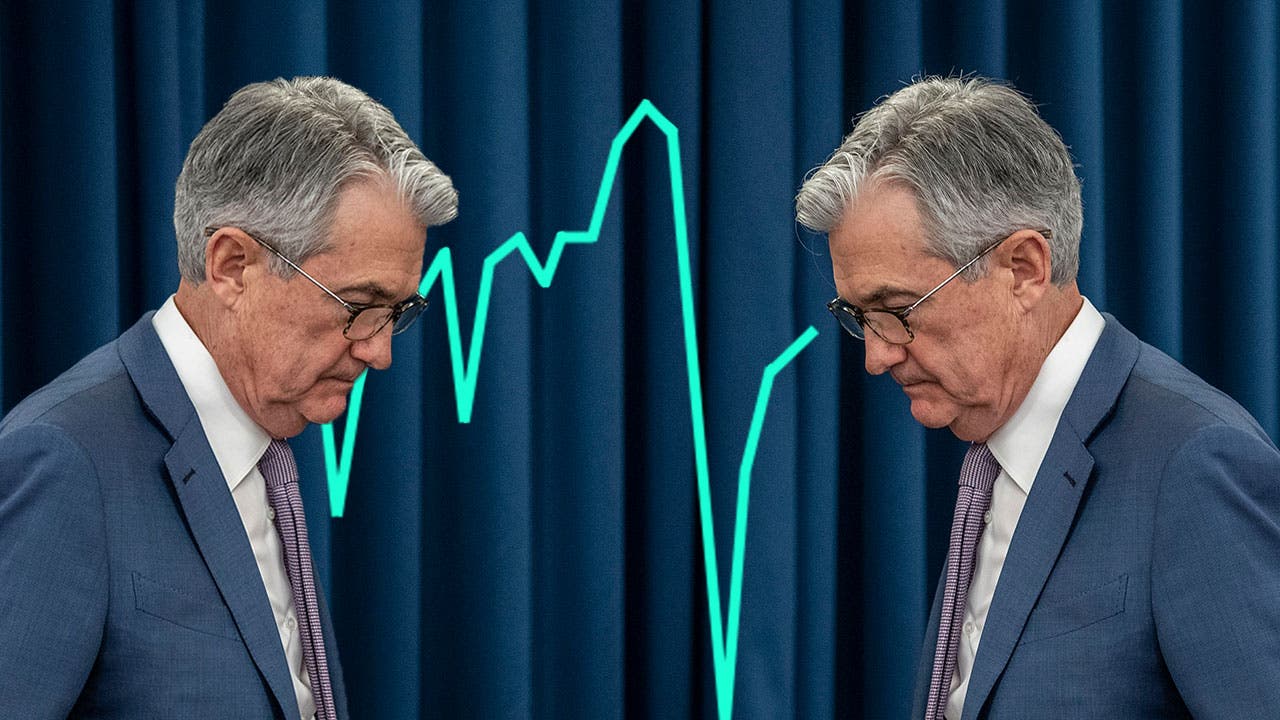
During the Fed meeting, some members expressed dissenting views regarding the policy decisions. These members believed that the Fed was not taking a sufficiently aggressive approach to combating inflation and that the pace of interest rate increases should be accelerated.
The dissenting members argued that the Fed’s current policy stance was not adequately addressing the risks of inflation becoming entrenched in the economy. They pointed to the fact that inflation had remained persistently high and that there were few signs of it abating. They also expressed concern that the Fed was falling behind the curve and that it would be difficult to bring inflation under control without causing a recession.
Implications of Dissent
The dissent within the Fed is a sign that there is growing concern among policymakers about the risks of inflation. It also suggests that the Fed may be willing to take more aggressive action to combat inflation in the future. This could lead to higher interest rates and slower economic growth in the coming months.
Communication Strategy
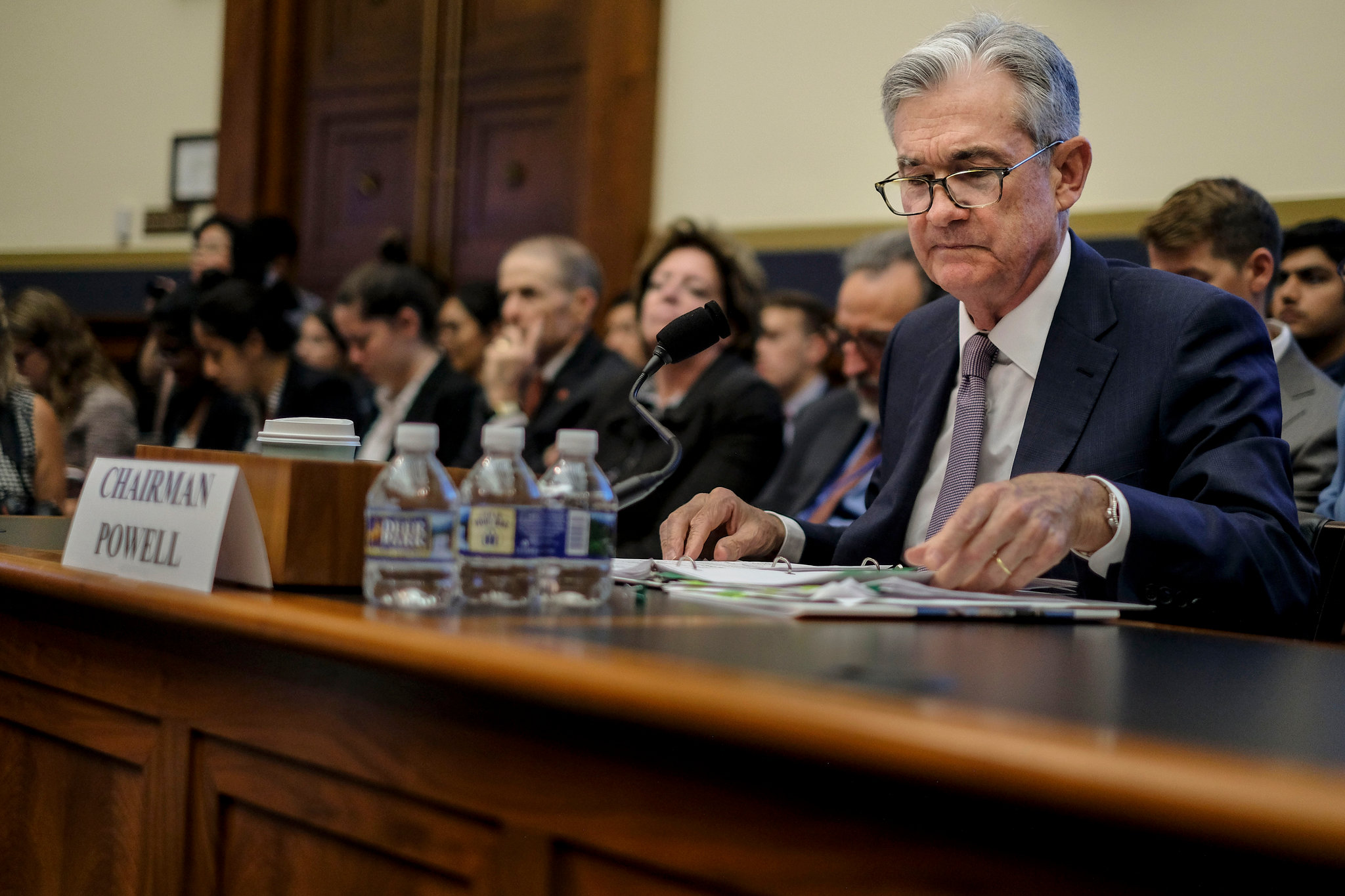
The Federal Reserve (Fed) employs a multifaceted communication strategy to inform the public about its economic assessments and monetary policy decisions. This strategy encompasses speeches by Fed officials, press conferences, economic projections, and meeting minutes. The effectiveness of this communication strategy is crucial for managing market expectations, influencing investor sentiment, and shaping market volatility.
Speeches by Fed officials provide timely updates on economic conditions and monetary policy. These speeches are typically delivered monthly and offer insights into the Fed’s current thinking and future policy direction. Press conferences, held quarterly, allow reporters to question Fed officials and elicit more detailed explanations of the Fed’s decisions and economic outlook.
Effectiveness
The Fed’s communication strategy has been generally effective in providing clarity and consistency to market participants. The regular cadence of speeches and press conferences ensures that the Fed’s views are communicated in a timely manner. The use of economic projections and meeting minutes further enhances transparency and allows market participants to gauge the Fed’s policy path and economic forecasts.
However, there is scope for improvement. The frequency of speeches and press conferences could be increased to provide more frequent updates and address market developments in a more timely manner. Additionally, the Fed could consider publishing more detailed meeting minutes that provide a more comprehensive account of the discussions and decision-making process.
Impact on Market Volatility
The Fed’s communication strategy has a significant impact on market volatility and investor sentiment. Clear and consistent communication can help reduce uncertainty and stabilize markets. Conversely, ambiguous or inconsistent communication can lead to increased volatility and market turbulence.
By providing timely and transparent information, the Fed can help market participants better anticipate policy changes and adjust their investment strategies accordingly. This can contribute to smoother market functioning and reduce the likelihood of abrupt market movements.
Long-Term Impact

The Fed’s meeting holds significant implications for the long-term economic and financial landscape. Its decisions will shape monetary policy, interest rates, and inflation expectations, influencing investment, consumption, and economic growth.
In the long run, the Fed’s commitment to price stability and its gradual approach to monetary tightening aim to foster a stable and predictable economic environment. This can support sustained economic growth, job creation, and financial market stability.
Interest Rates and Inflation
- The Fed’s decisions on interest rates will impact borrowing costs for businesses and consumers. Higher interest rates can curb inflation by reducing demand, while lower rates can stimulate economic activity.
- The Fed’s target inflation rate of 2% serves as a benchmark for its monetary policy decisions. Achieving this target helps maintain price stability and supports long-term economic growth.
Investment and Growth
- Stable interest rates and low inflation can create a favorable environment for investment and business expansion. Businesses are more likely to invest in new projects and hire more workers when they have confidence in the long-term economic outlook.
- Sustained economic growth leads to increased productivity, innovation, and job creation, contributing to overall economic prosperity.
Financial Stability
- The Fed’s role in maintaining financial stability is crucial. By regulating banks and monitoring the financial system, it helps prevent excessive risk-taking and ensures the smooth functioning of financial markets.
- A stable financial system supports economic growth by facilitating the flow of capital to productive uses and reducing financial shocks.
Impact on Specific Industries
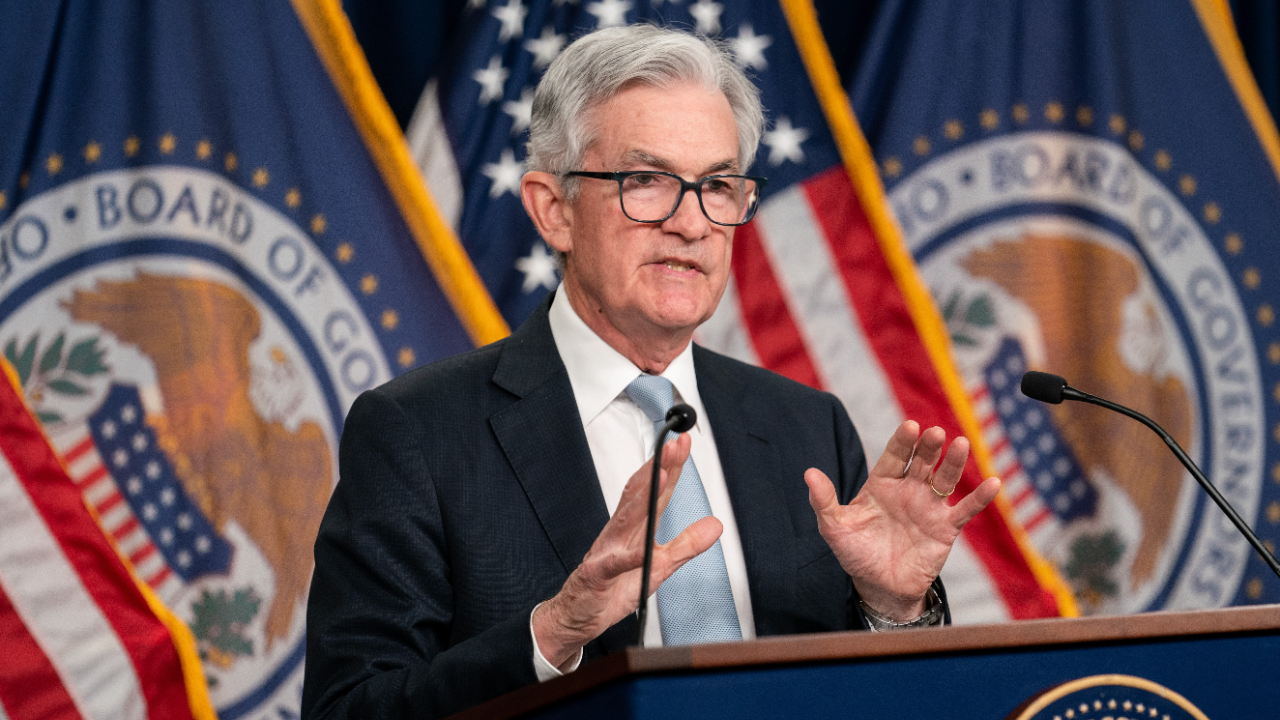
The Fed’s decisions can have a significant impact on specific industries. Industries that are sensitive to interest rates, such as housing and construction, may experience a slowdown in activity if interest rates rise. Conversely, industries that benefit from low interest rates, such as technology and consumer discretionary, may experience a boost.
Housing and Construction
The housing and construction industry is particularly sensitive to interest rates. Higher interest rates make it more expensive to borrow money for a mortgage, which can lead to a decrease in demand for housing. This can in turn lead to a slowdown in construction activity and job losses in the industry.
For example, after the Fed raised interest rates in December 2018, the number of new home sales fell by 6.9% in January 2019. This decline was attributed, in part, to the higher cost of borrowing for mortgages.
Technology and Consumer Discretionary
The technology and consumer discretionary industries tend to benefit from low interest rates. Lower interest rates make it cheaper for businesses to borrow money to invest in new technologies and products. This can lead to increased innovation and job growth in these industries.
For example, after the Fed lowered interest rates in July 2019, the technology sector experienced a surge in investment. This led to the creation of new jobs and the development of new products and services.
Final Wrap-Up
The Fed’s meeting outcomes have sent clear signals to the market, indicating a continued commitment to fighting inflation while maintaining a cautious approach to economic growth. The central bank’s policy decisions and forward guidance will undoubtedly have a significant impact on the trajectory of the economy and financial markets in the coming months.
As the Fed navigates the challenges of inflation, unemployment, and financial stability, its decisions will continue to be closely scrutinized by market participants. The central bank’s ability to strike a delicate balance between these competing objectives will be crucial in shaping the economic landscape in the years to come.
FAQ Guide
What are the key issues discussed at the Fed meeting?
The meeting covered a range of issues, including inflation, unemployment, financial stability, and economic growth.
How did the Fed’s policy changes impact the market?
The Fed’s decision to raise interest rates led to an immediate sell-off in the stock market, as investors reassessed the potential impact on corporate earnings and economic growth.
What are the potential risks of the Fed’s policy changes?
Aggressive interest rate hikes could slow economic growth and potentially lead to a recession if not carefully calibrated.
